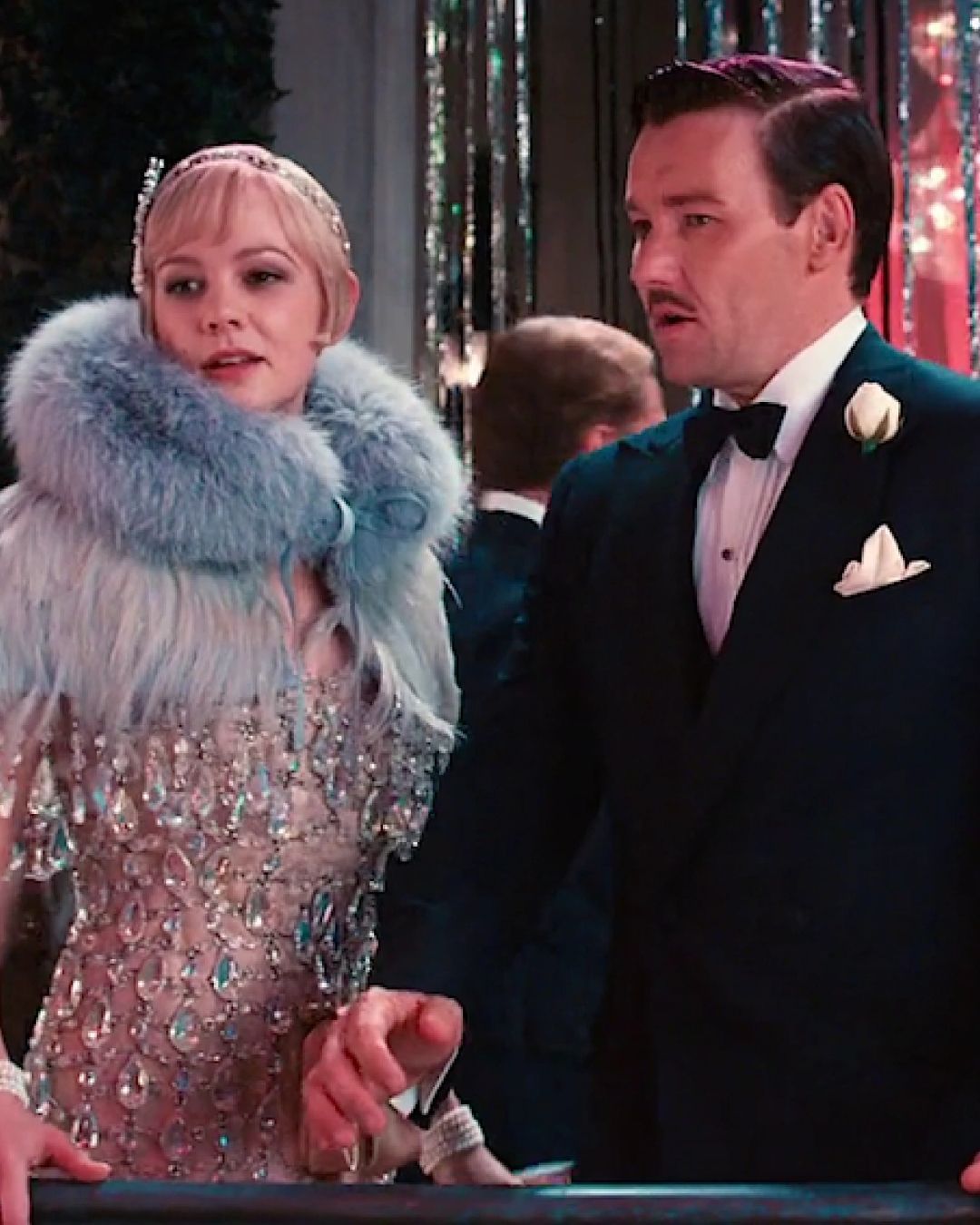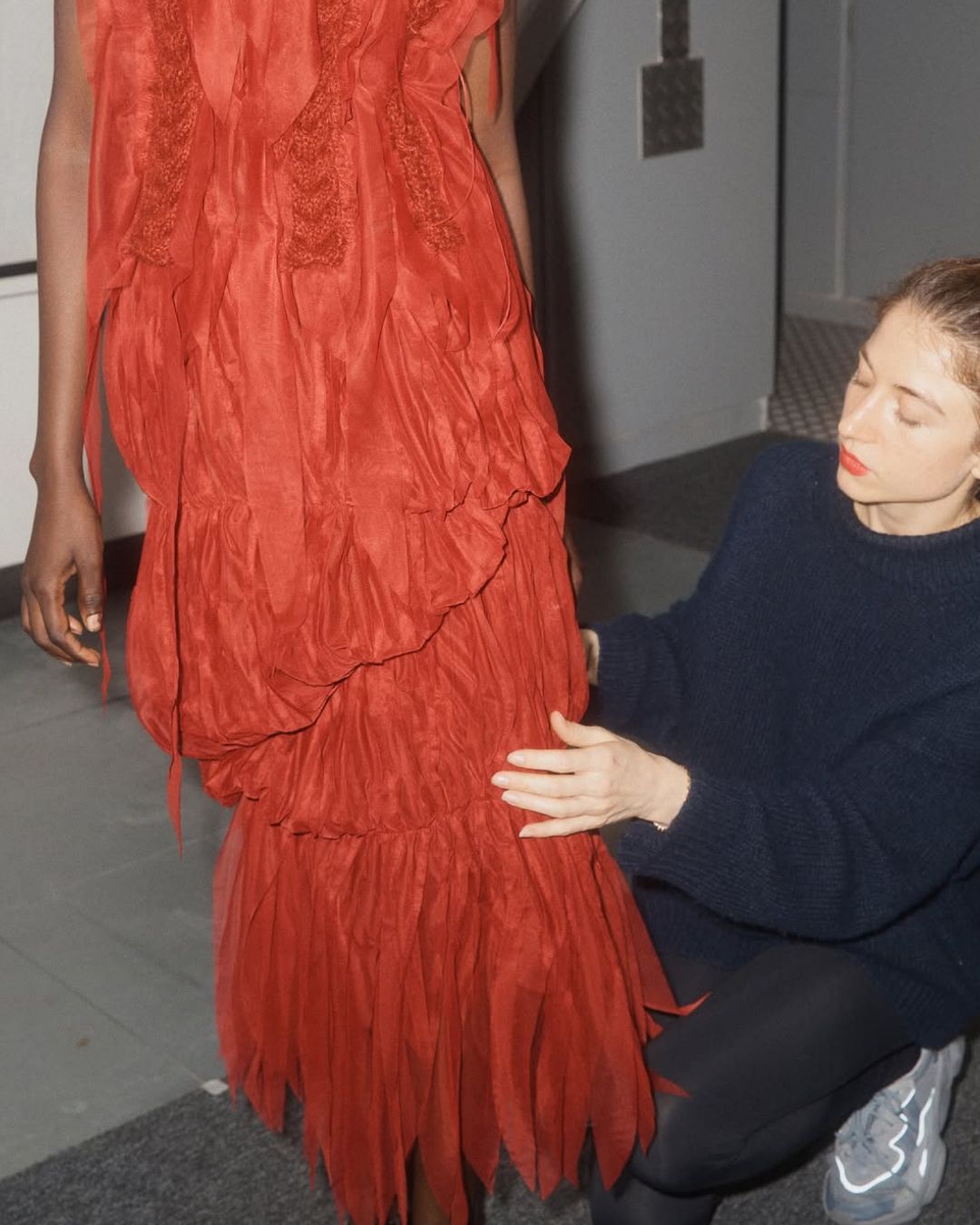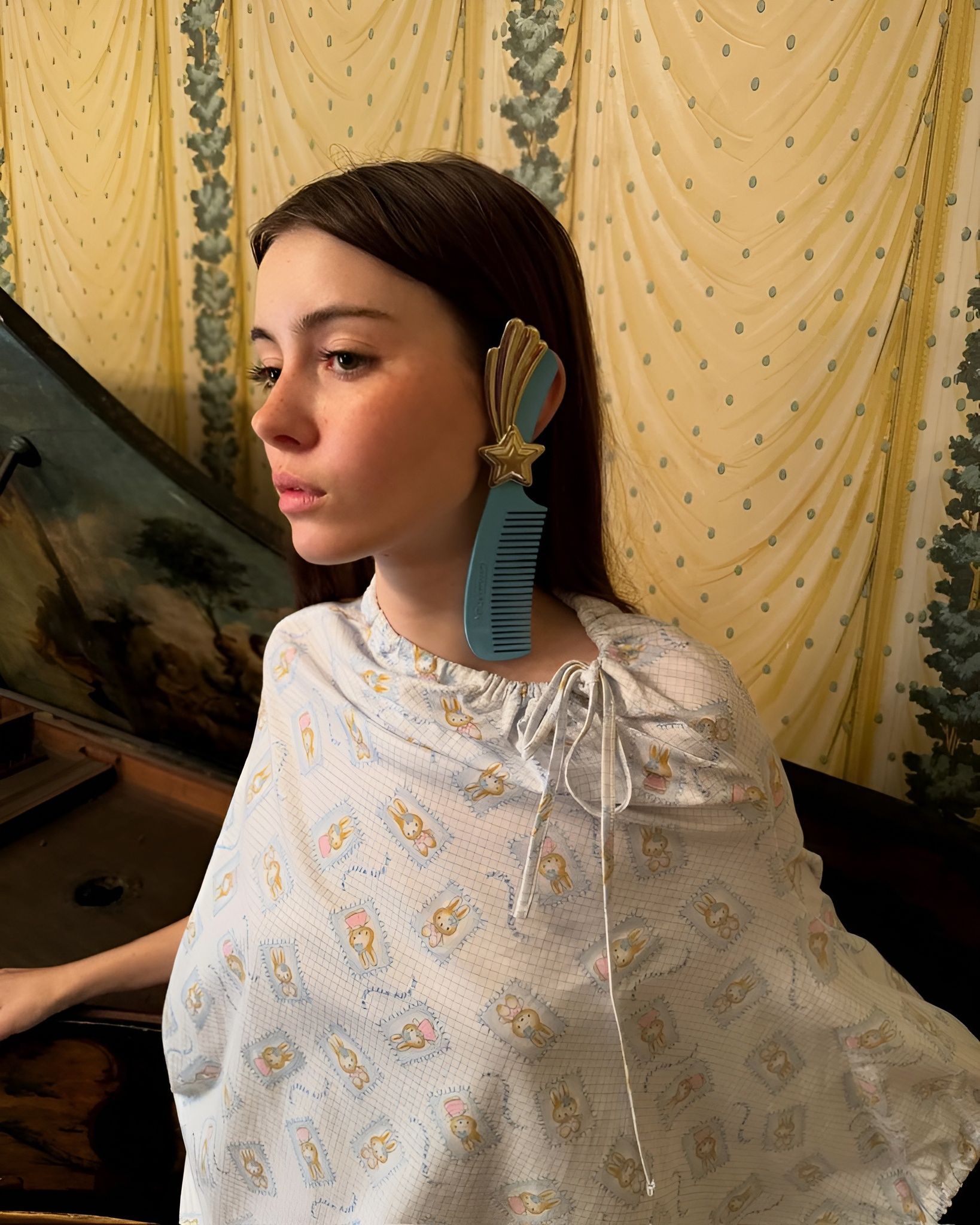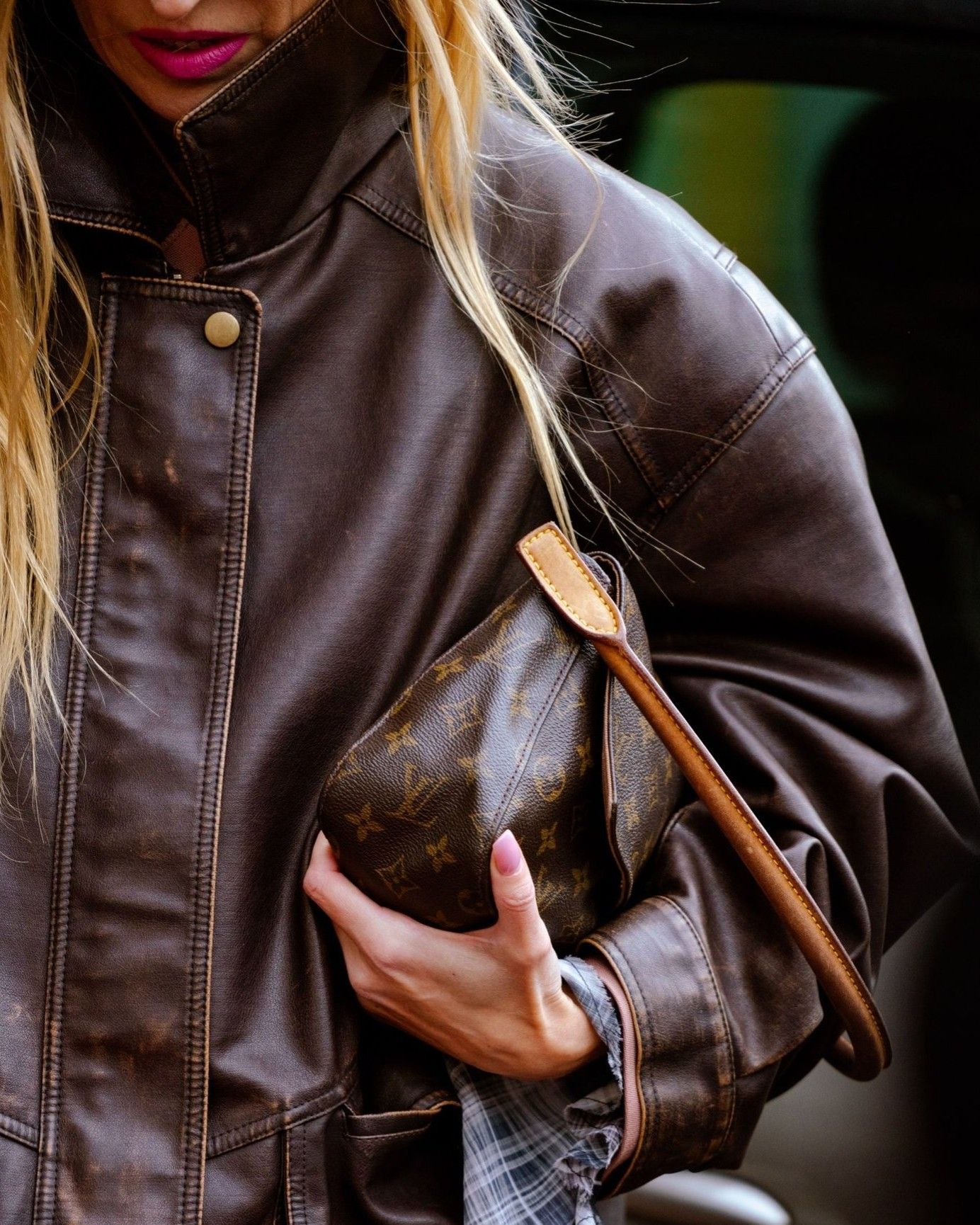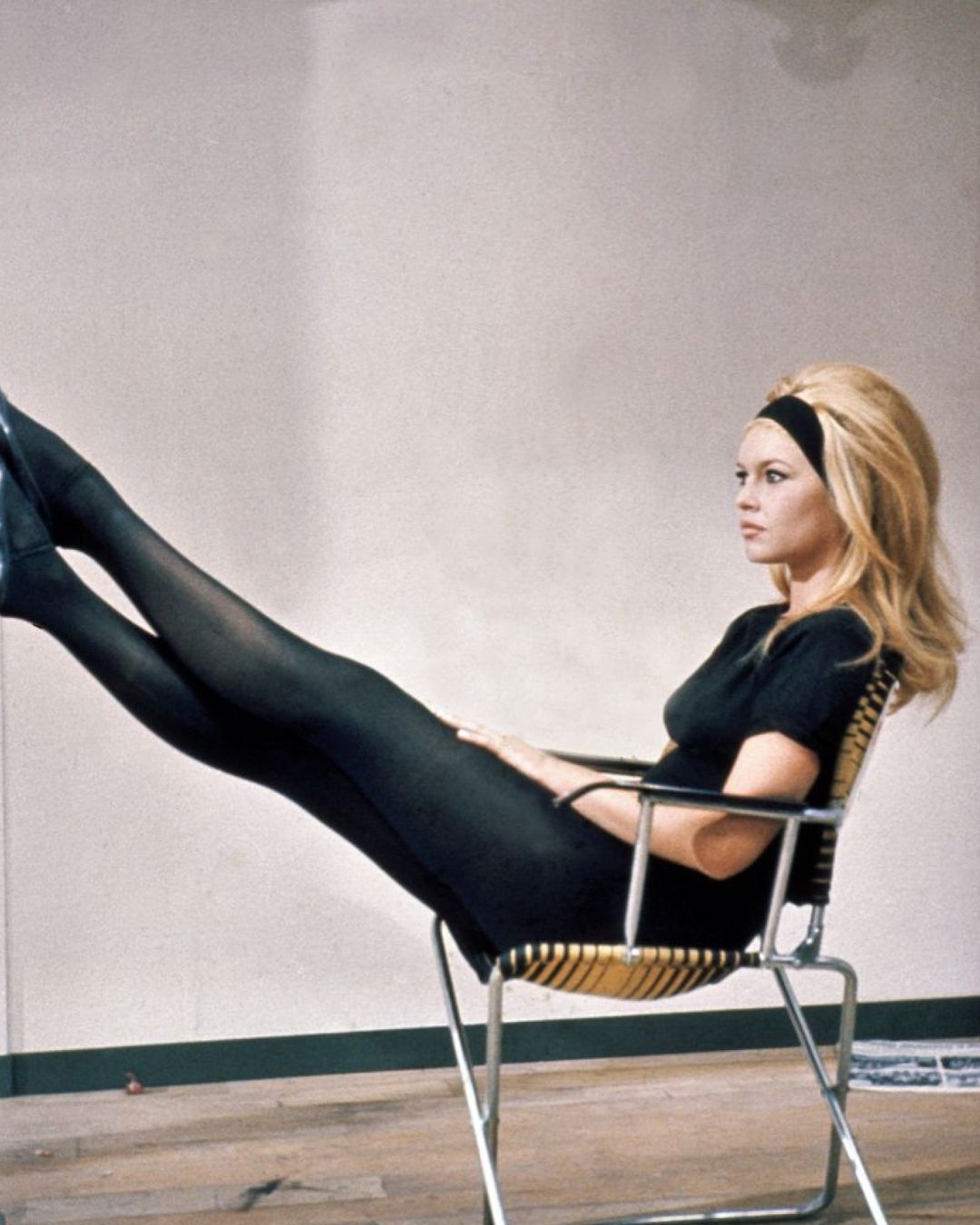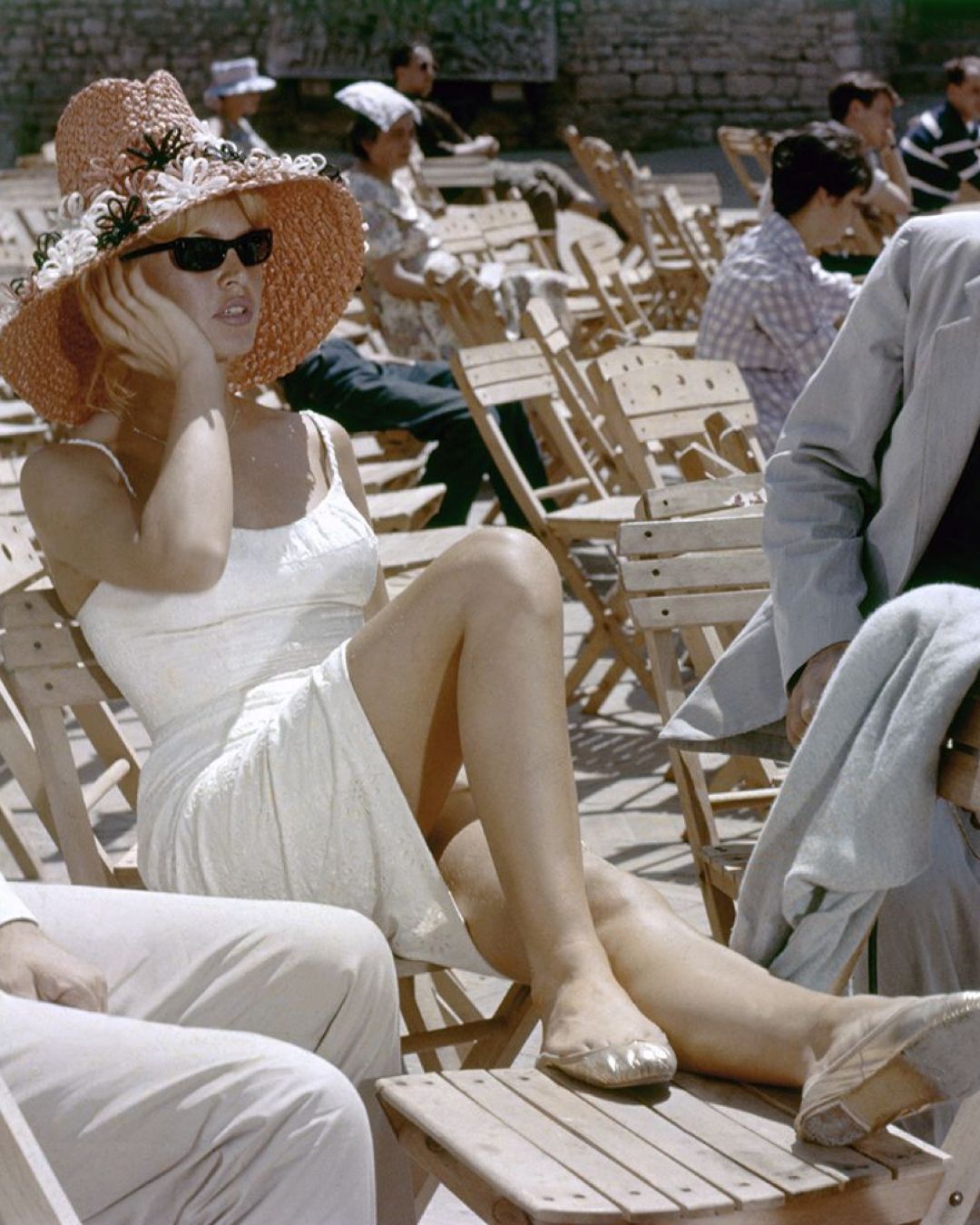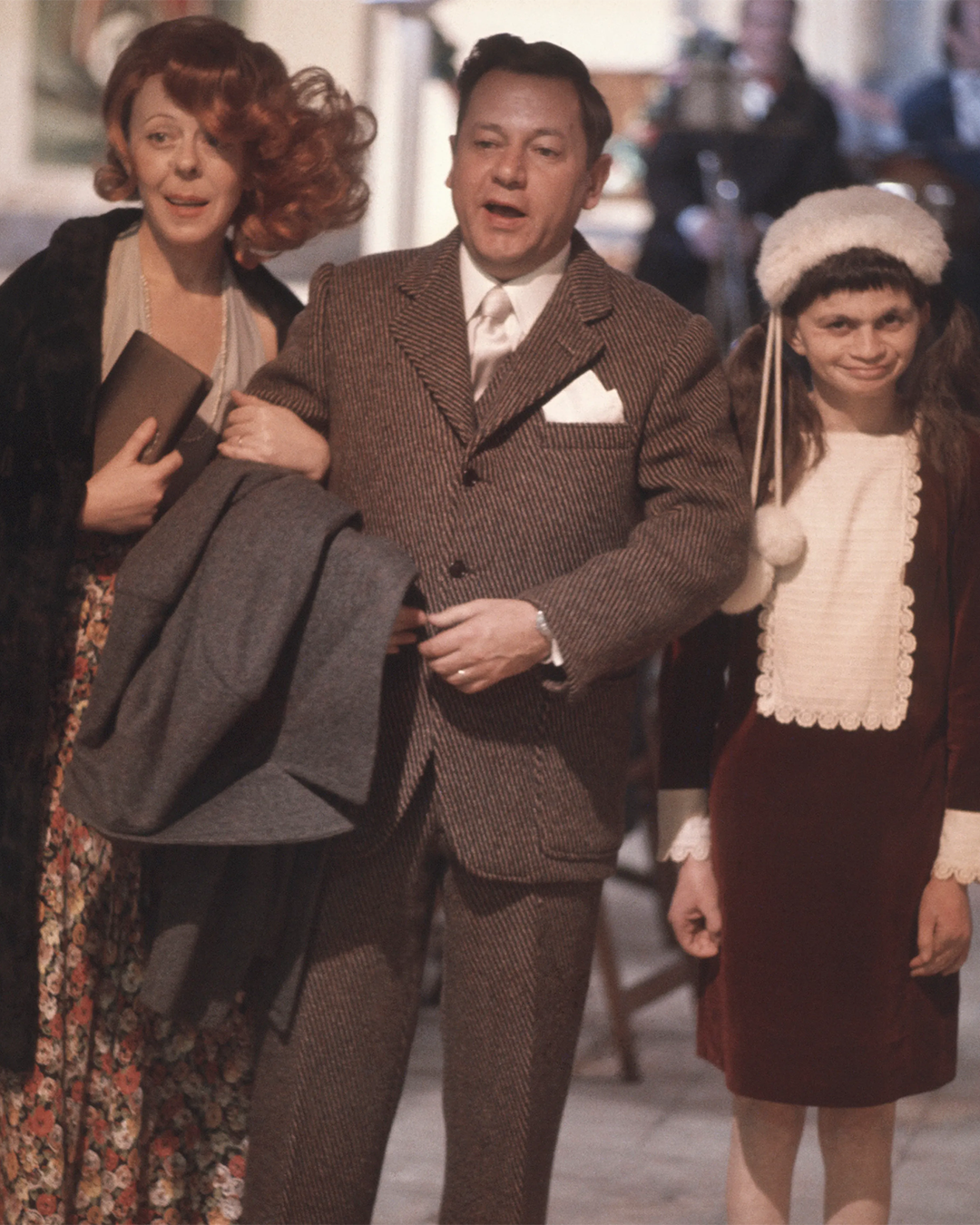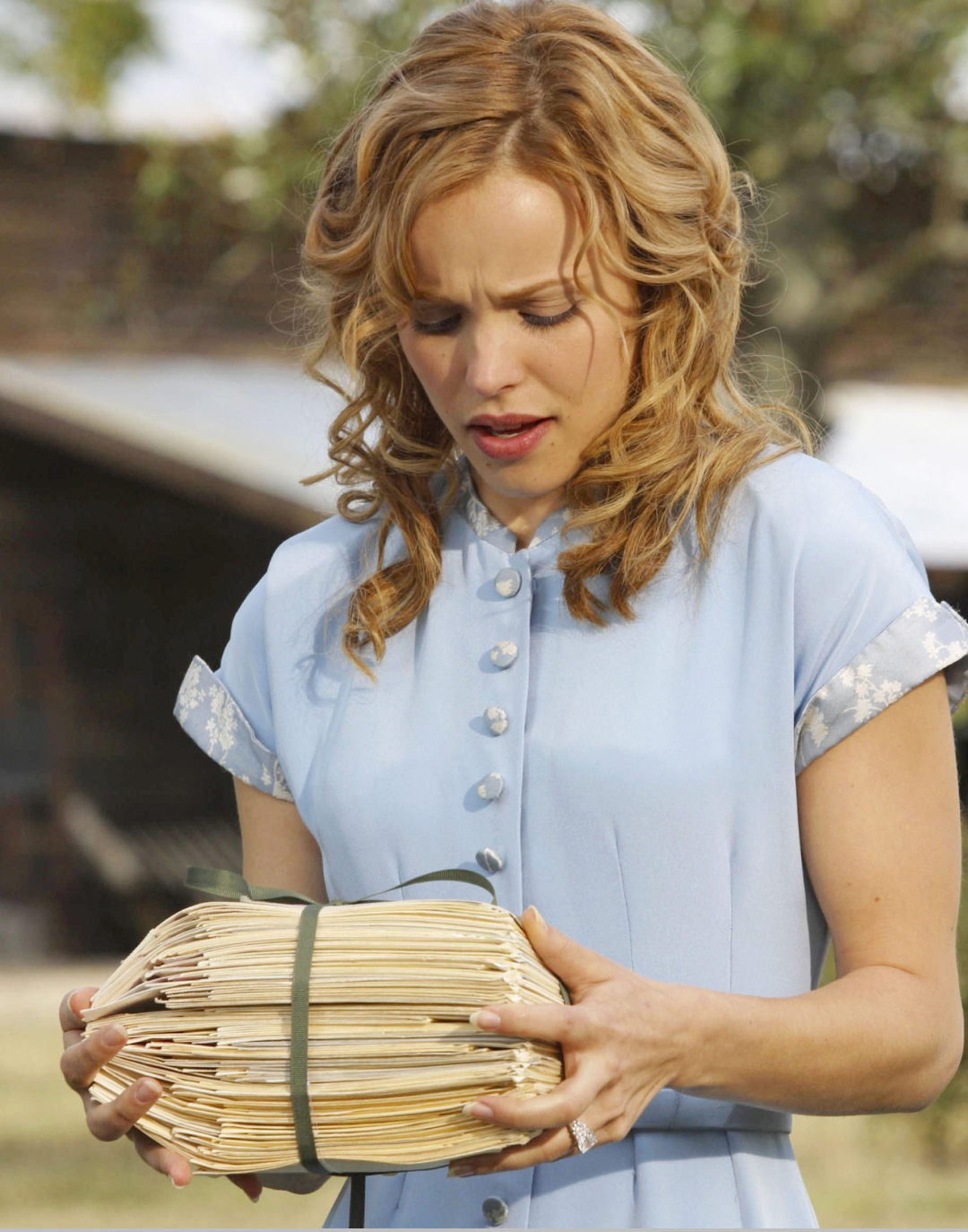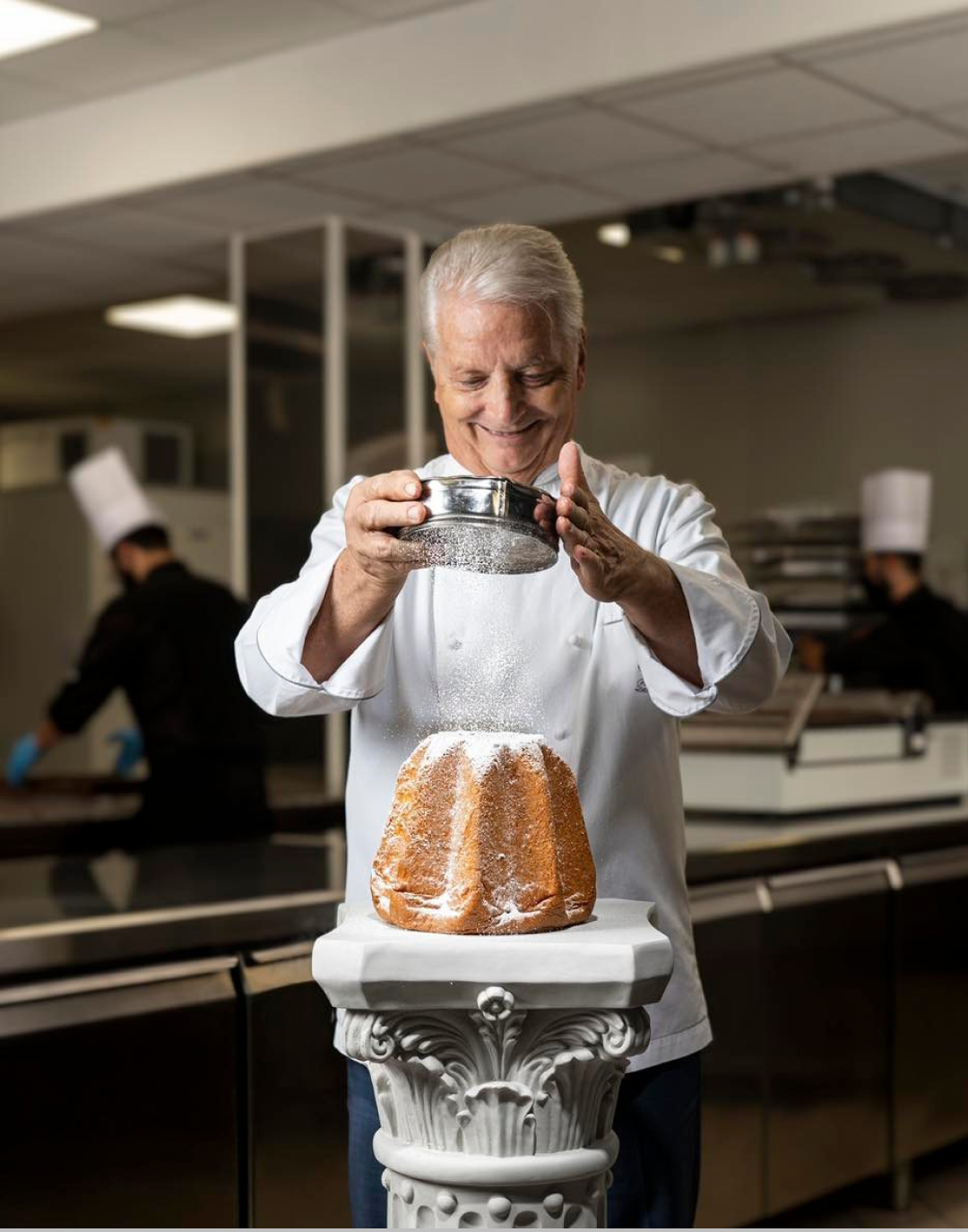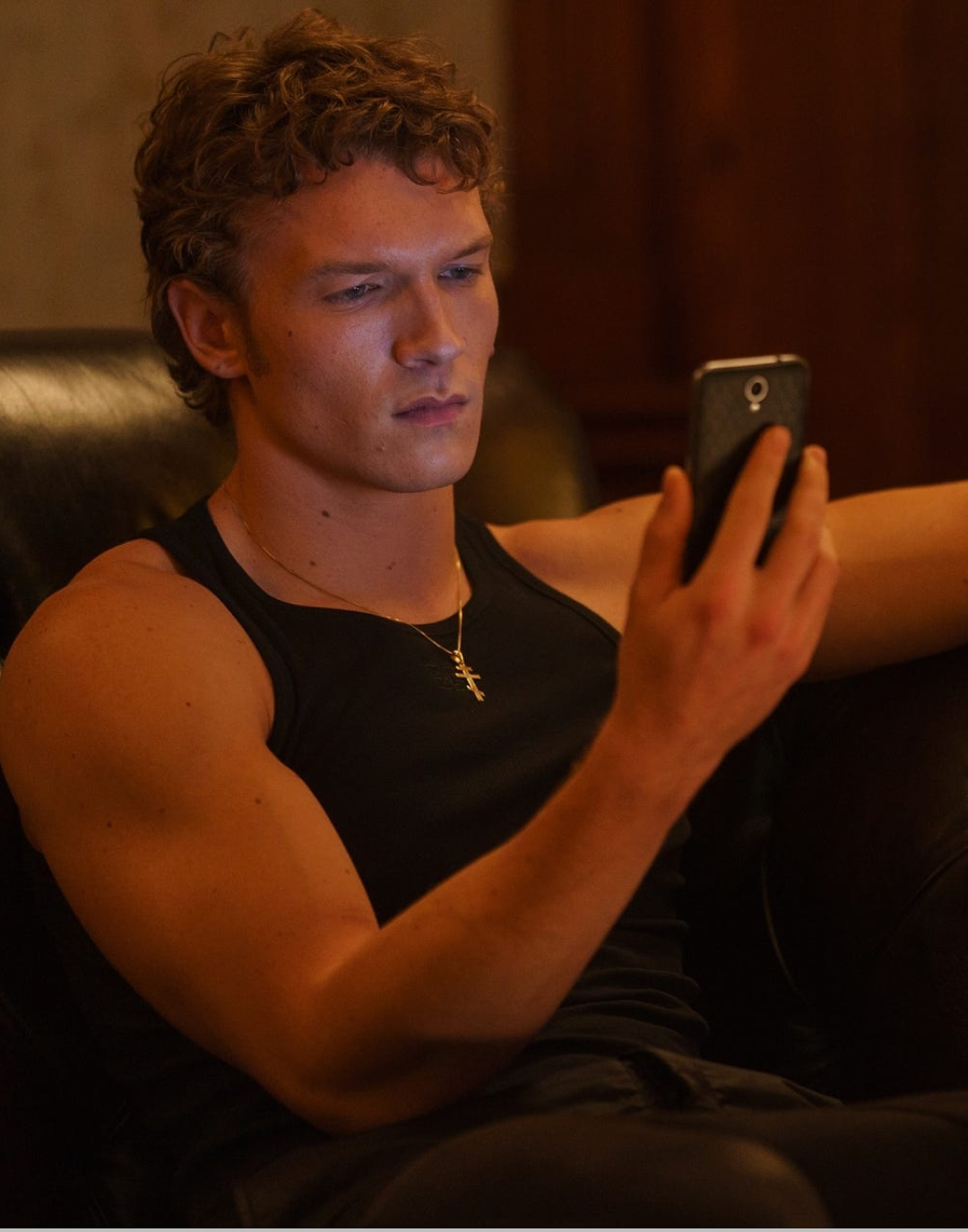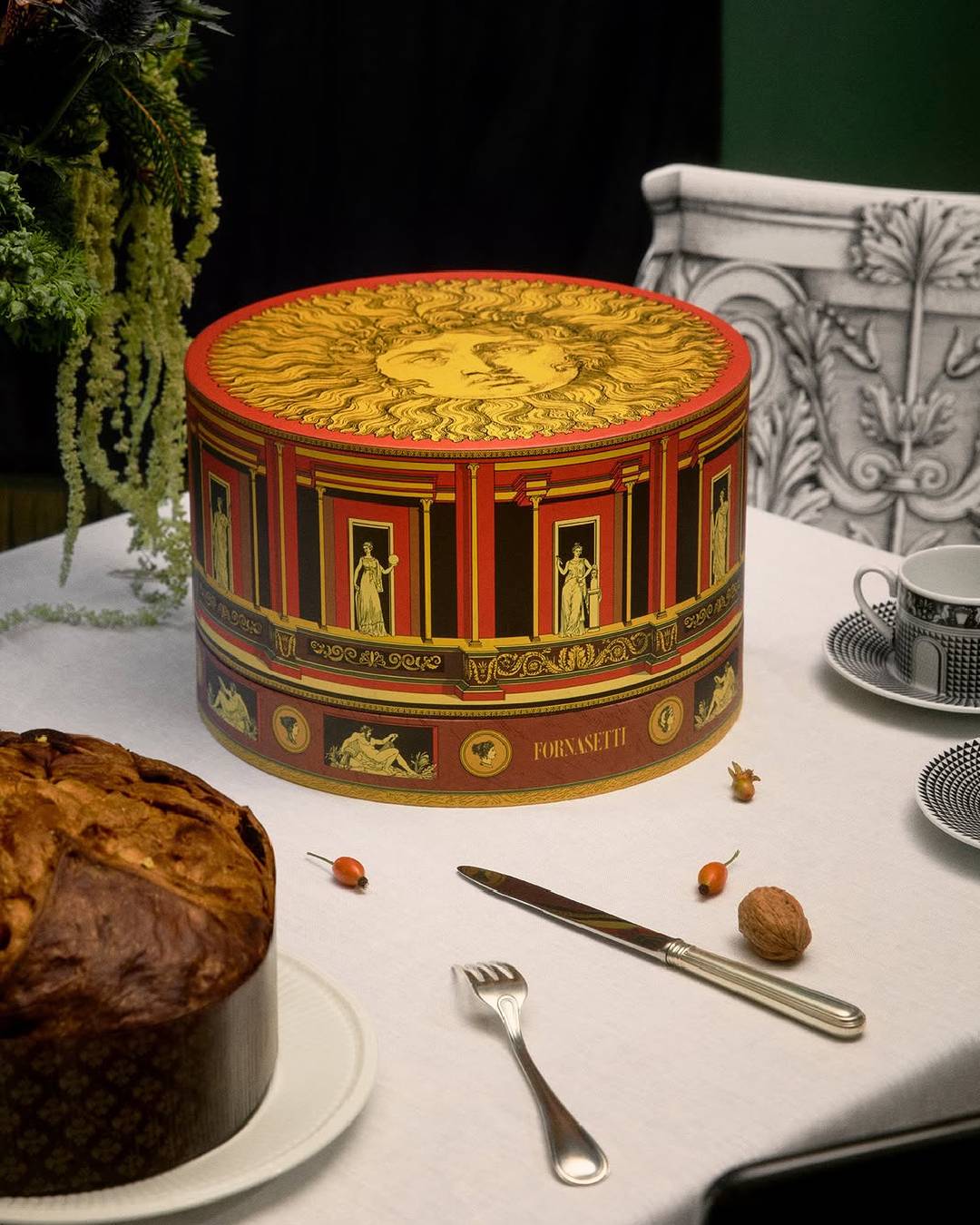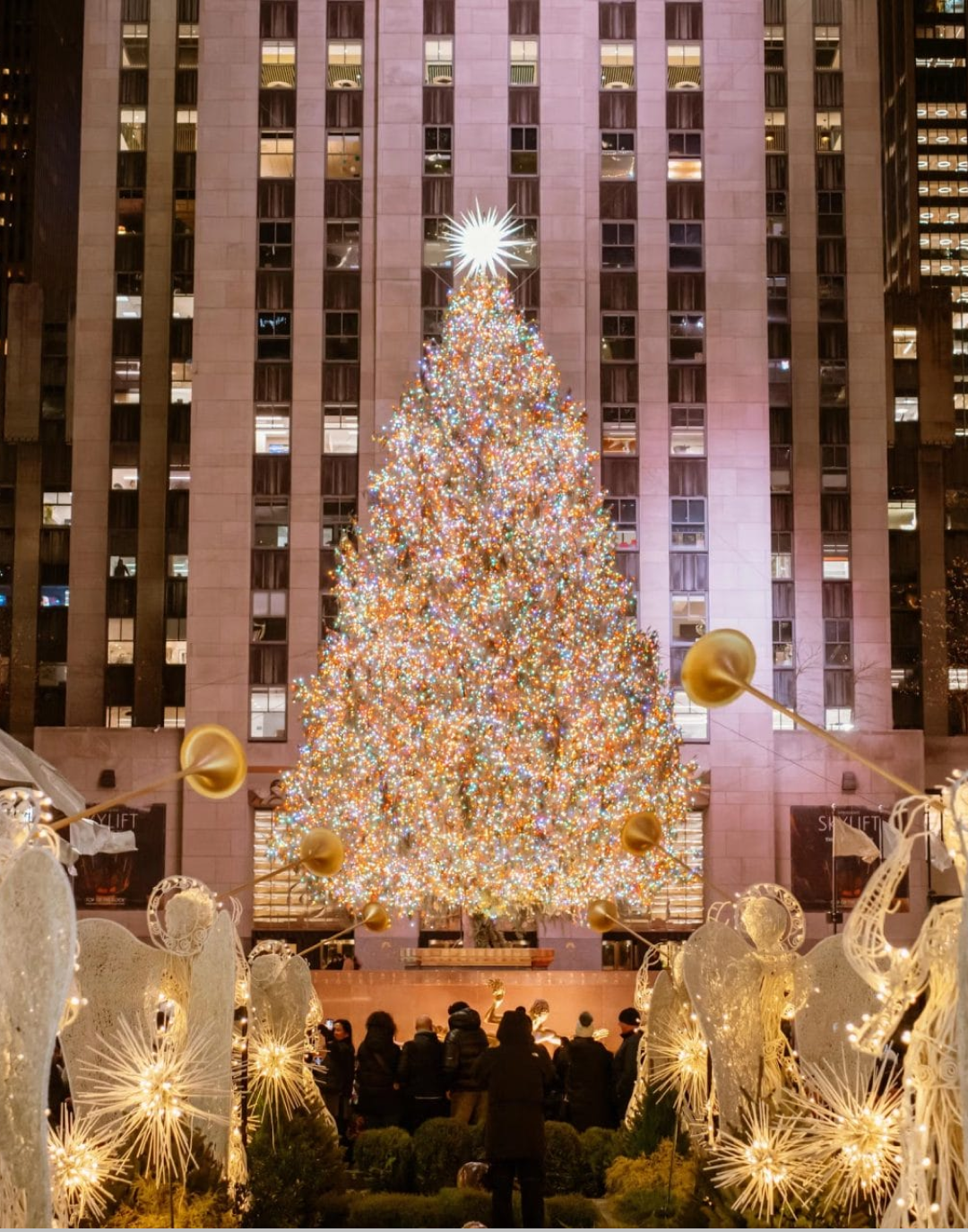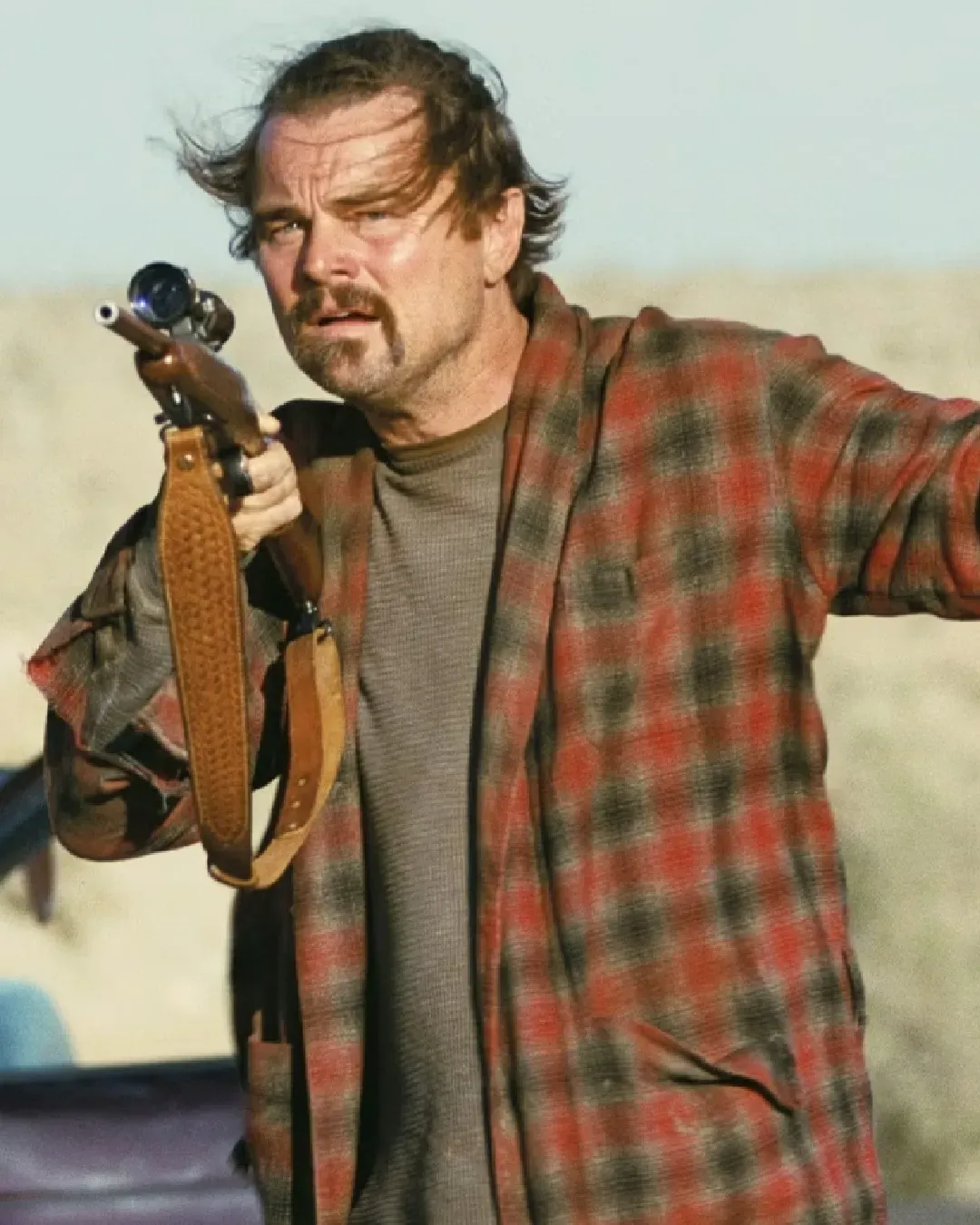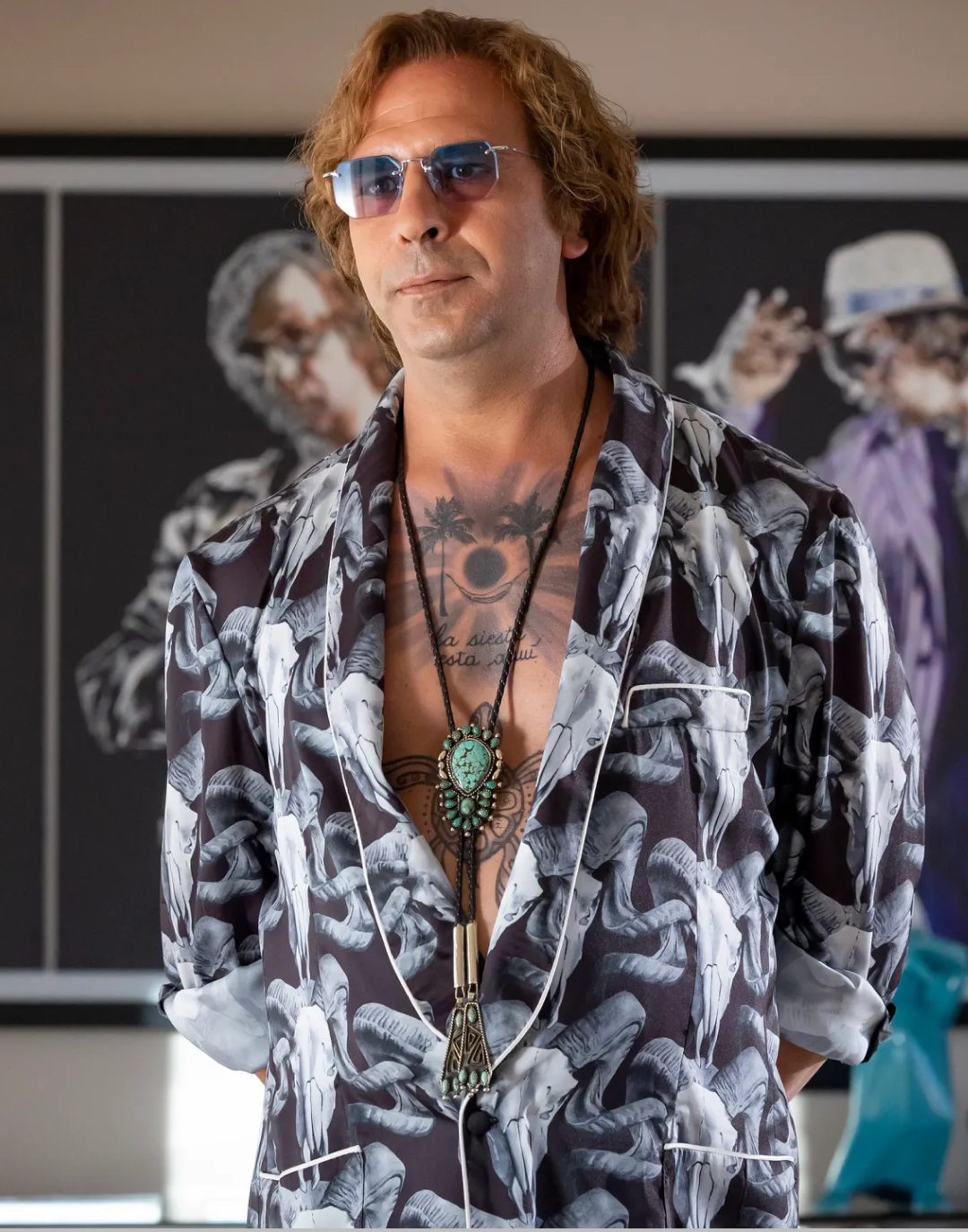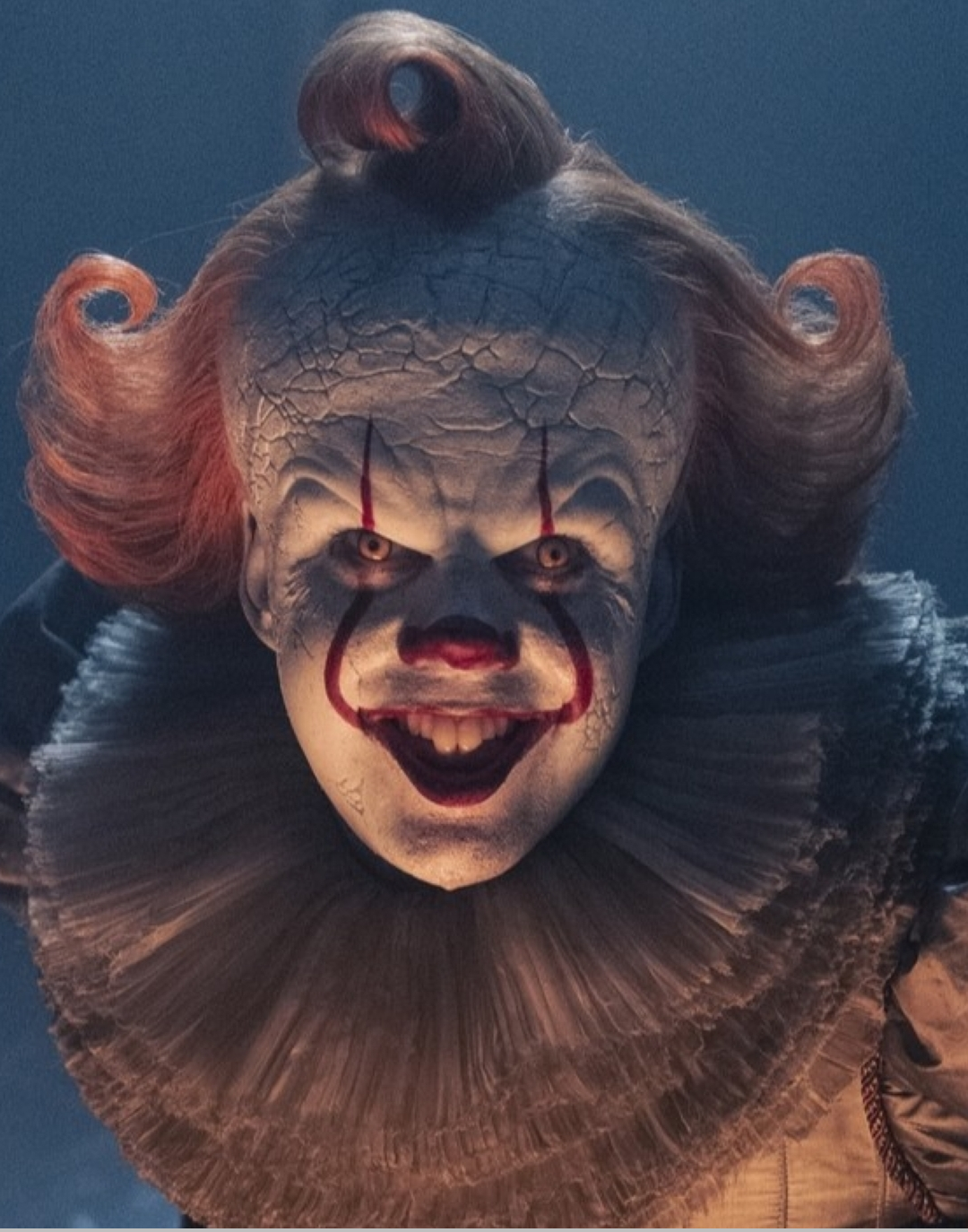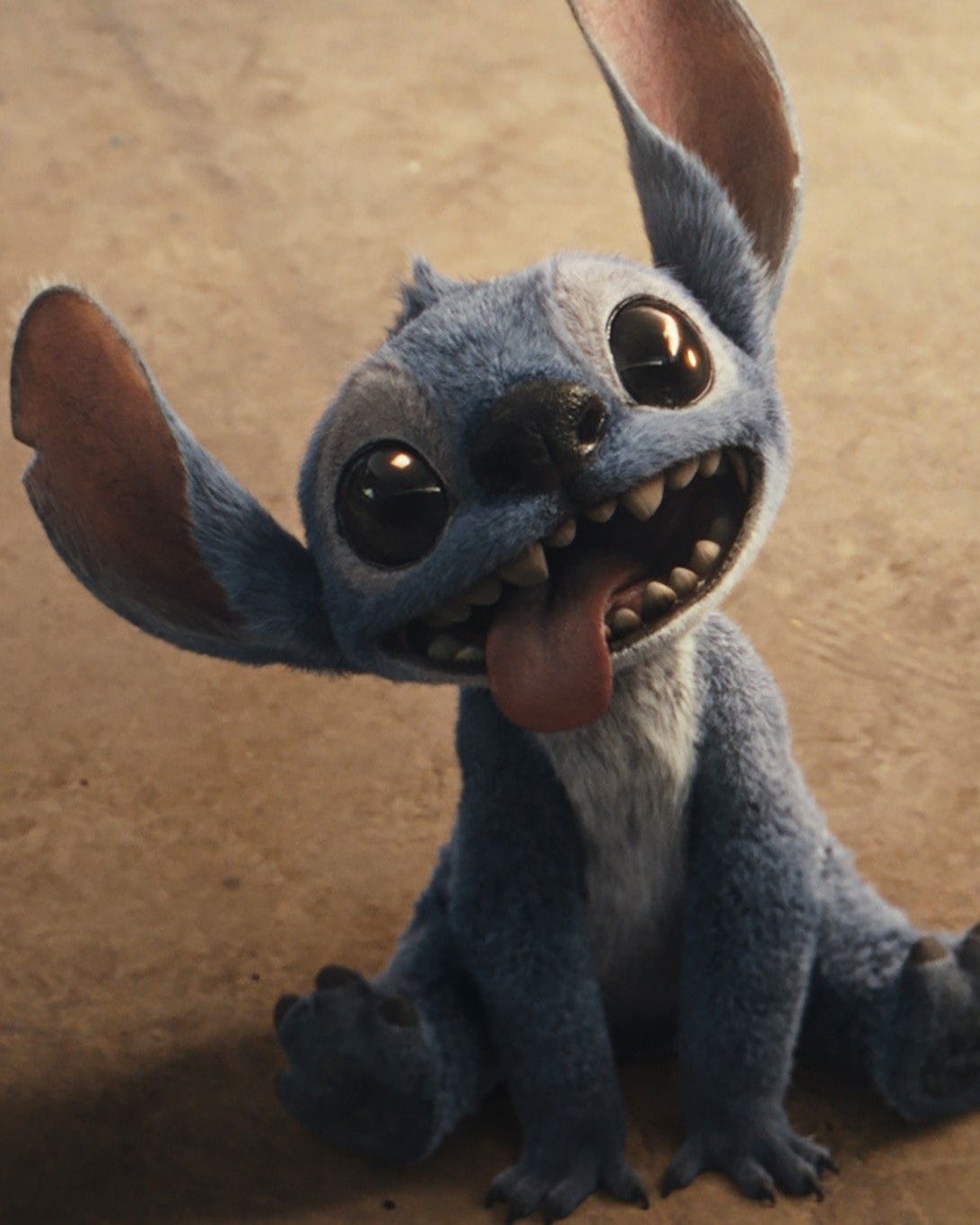
There is controversy over the new “Lilo & Stitch”, too In theaters May 21, one wonders whether a change from the original is because of intentional censorship or not
The string of live-action remakes continues. Although Snow White may have been Disney’s point of no return in reviving its classics — a $209 million investment with a global gross stopping at $204,835,385 — just two months after the Rachel Zegler and Gal Gadot film, the already planned and less controversial Lilo & Stitch follows in cinemas from May 21. The 42nd title in the Disney classics collection, the animated film was first released in 2002, directed by Chris Sanders and Dean DeBlois. Though universally less recognized than princesses like Cinderella or heroes like Aladdin, the work marked a generation mainly thanks to its funny and unlikely blue alien, delivering one of the most iconic lines in animation: “Ohana means family and family means no one gets left behind or forgotten.” While largely faithful to its early-2000s version, the new Lilo & Stitch also drew attention with a small controversy concerning one of the story’s characters and linked to the LGBTQIA+ world.
What the "Lilo & Stitch" live-action is about
@disneyit Pronti a surfare! Lilo & Stitch vi aspetta da domani solo al cinema, non mancate! #LiloEStitch #LiloEStitch #Lilo #Stitch #nuoveuscite #liveaction #DisneyItalia #cinematok #davedere #LiloAndStitch suono originale - Disney Italia
As mentioned, the story of the Lilo & Stitch live-action doesn’t stray far from the original. The setting remains Hawaii, where sisters Lilo and Nani live after the death of their parents — in the remake, this occurred several years before the animated version. The two must prove to social services that Nani can raise her younger sister, who one day accidentally adopts Experiment 626, the alien Lilo mistakes for a dog and whom we all know as Stitch. The live-action screenplay is by Chris Kenaniokalani Bright and Mike van Waes, with direction by Dean Fleischer Camp, chosen after initial talks with John M. Chu, director of the musical Wicked. It’s an unusual choice given the filmmaker’s background. His previous work before Lilo & Stitch was the much more auteur and refined Marcel the Shell, a 2021 film about a tiny shell nominated for an Oscar, based on Fleischer Camp’s decade-long series of shorts featuring the same quirky character. A step into the mainstream perhaps to fund his next animation project and continue experimenting as he did with Marcel.
Missing characters and controversy
So the dangling keys movie got rid of the funniest thing of the OG film and replaced Jumba and Pleakley trying to disguise as humans by making them look like the most boring humans ever.
— Ciela Opinions (YT reviewer) (@CielaOpinions) April 24, 2025
g r e a t. https://t.co/6r66zZrWhD pic.twitter.com/gQSCQ7bYKn
Even though the live-action follows the main plot points of the animated film, some characters were removed and scenes modified, showing an apparent intention to exclude an element embraced by the queer imagination. On one hand, the character Gantu was eliminated — in the 2002 version, he is an alien resembling an anthropomorphic whale, tasked with capturing the elusive Stitch. A secondary villain, he was cut from the live-action, where the main antagonists remain Jumba and Pleakley, the latter being the focus of a debate about alleged censorship. Pleakley is an alien and sidekick to the mad scientist Jumba, who created Stitch and wants to retrieve him. To blend in with humans, the pair dress in women’s clothing in the animated film, which turned them into drag icons for the community. However, there’s no underlying message beyond the necessity of disguising themselves in the crowd.
But fans couldn’t help but notice that one of the most relevant dynamics from the animated film — the cross-dressing disguise — was replaced with a technological device that makes them appear human. Jumba and Pleakley end up resembling their voice actors, Zach Galifianakis and Billy Magnussen. After receiving many messages on the matter, Dean Fleischer Camp responded to fans, saying he tried to include the disguise scene in the film, even sharing early sketches on social media as proof. Disney, on the other hand, hasn’t issued any official explanation, leaving open the question of whether it was a deliberate choice to exclude any potential queer references or simply a creative decision for the best live-action adaptation.


